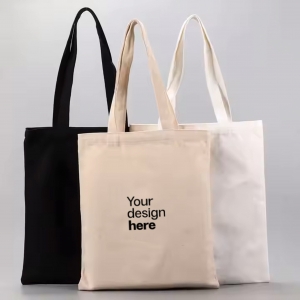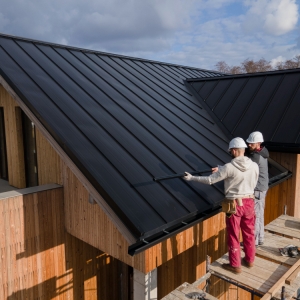In marine and offshore applications, roller fairleads are essential components used to guide mooring lines, towing cables, or anchor chains, minimizing friction and wear as these lines pass over deck fittings or hull structures. Fairleads improve operational safety and prolong the life of the ropes and chains. Among the different types of roller fairleads, vertical and horizontal roller fairleads are the most common, each suited to specific scenarios and vessel configurations. This article compares the two types in terms of design, application, benefits, and limitations.

1. Design and Configuration
Vertical Roller Fairleads
These fairleads are equipped with vertically positioned rollers, allowing lines to pass horizontally across the deck. They typically consist of one or more vertical rollers fixed between strong side frames. This configuration is ideal for guiding lines that need lateral movement.
Horizontal Roller Fairleads
In contrast, horizontal roller fairleads use horizontally aligned rollers to guide lines that come from above or below, allowing vertical movement. These fairleads are commonly used when lines must be redirected from a high bollard or winch to a lower attachment point or vice versa.

2. Applications
Vertical Roller Fairleads
Mooring and towing operations where lateral line guidance is required
Ports and harbor vessels
Tugboats and workboats that require sideward movement of cables
Offshore platforms for managing flexible risers or hoses
Horizontal Roller Fairleads
Anchor chain guidance and vertical line redirection
Deep-sea mooring systems
Winch systems with elevated drums
Vertical cable tensioning or retrieval systems on offshore support vessels
3. Advantages
Vertical Roller Fairleads
Efficient in managing side loads on the lines.
Vertical roller fairleads are ideal for tight quarters where space for lateral cable movement is needed.
Helps prevent tangling and reduces wear on horizontal cable runs.

Horizontal Roller Fairleads
Suitable for directing vertical loads, reducing wear on high-strain lines.
Provides smooth redirection from vertical to horizontal alignment.
Commonly used in anchoring systems where line angle changes are steep.
4. Limitations
Vertical Roller Fairleads
Not ideal for vertical redirection of lines.
Less effective in systems with strong vertical tension or weight from the line.
Horizontal Roller Fairleads
Cannot accommodate sharp horizontal turns.
May occupy more vertical space, which can be a constraint on smaller vessels.
5. Material and Maintenance Considerations
Both vertical and horizontal roller fairleads are typically constructed from high-strength steel or ductile cast iron, with corrosion-resistant coatings for marine environments. Roller surfaces may be lined with bronze or nylon to reduce abrasion.
Regular maintenance is crucial for both types:
Lubrication of roller bearings
Inspection for wear, corrosion, and deformation
Replacement of damaged rollers or pins to ensure smooth operation
Choosing the Right Fairlead Type
The choice between vertical and horizontal roller fairleads should be guided by:
Direction of line movement (lateral vs. vertical)
Load capacity and tension angles
Available space for installation
Specific operation such as anchoring, mooring, or towing
In many complex systems, a combination of both types may be used to manage multidirectional forces effectively.
Final Thoughts
Vertical and horizontal roller fairleads serve distinct but complementary roles in marine and offshore operations. Understanding their differences helps engineers and operators select the right component for safer, more efficient line handling. As vessels and mooring technologies evolve, fairlead design will continue to be a critical element in ensuring mechanical integrity and operational reliability.







